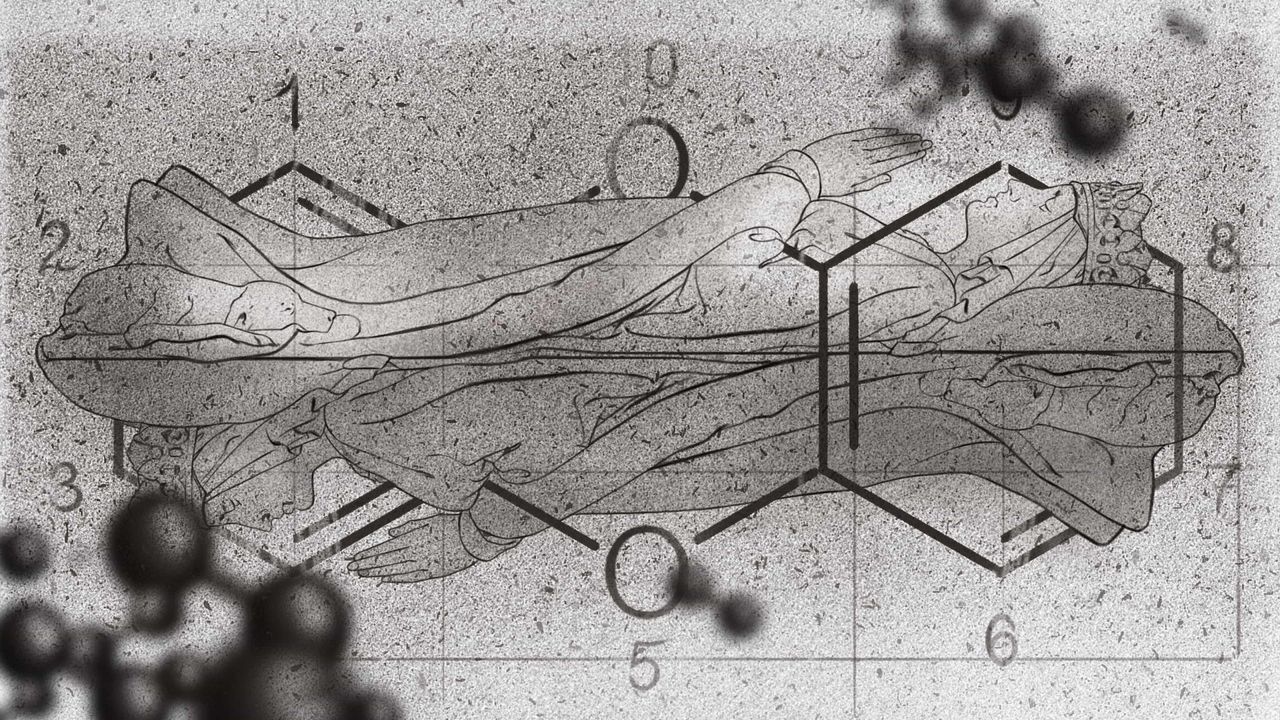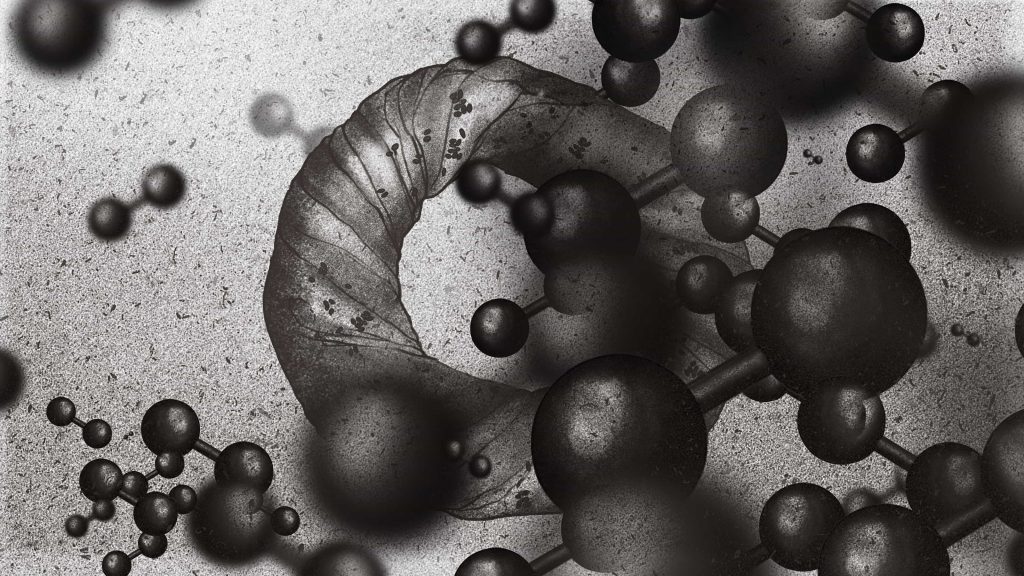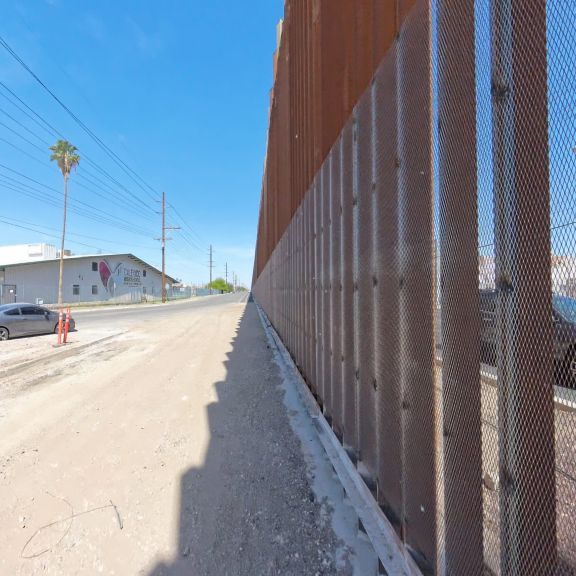
Scientists from the Department of Cardiology in University Medical Centre Mainz of the Johannes Gutenberg University claim that poor air quality killed 659,000 people European Union in 2015. Every year there is one country on the European map of smog – Poland – that stands out when it comes to the concentration of harmful substances in the air. It is estimated that pollution kills in Poland from 40,000 to 58,000 thousand people every year. The most common causes of death are blood vessel disease, hypertension, diabetes, strokes, heart failure, as well as respiratory and nervous system diseases. Breathing polluted air can also cause anatomical changes in the brain, Alzheimer’s disease, infertility and miscarriage. Living in a polluted city is more harmful than smoking cigarettes. In Poland, there are 36 out of the 50 most polluted cities in Europe. Proper air quality is a privilege here, and basically, only the inhabitants of coastal towns can take advantage of it. The quality of air in the rest of the country is terrible. The reason is that 80% of Polish energetics is based on coal. Every year, we burn over 70 million tonnes of raw coal. Approximately 20 million tonnes are imported to Poland, mainly from Russia. Sometimes it is terrible quality coal which would not be sold to other EU countries. Our country still does not have a law regulating the quality of coal. This raw material is almost like a part of our culture and identity. As much as 10 million tons of coal is burned each year in primitive domestic coal-burning furnaces. Besides, burning high-carbon wood and waste is a regular thing. Contrary to appearances, the problem does not only appear in large cities. The smog concentration is highest in small towns in the south of Poland, such as Żywiec, Pszczyna, Nowy Targ and Zakopane.

A yellow island
In 2018, Kraków was in the infamous top ten most polluted cities. The air quality standards for airborne particles PM10 and PM2.5 were exceeded by several hundred per cent every day. The concentration of carcinogenic benzopyrene eight times exceeded the standards. Kraków is located in a basin between the mountains in the south and the highlands north of the city. The terrain contributes to the accumulation of pollution. Besides, over the years, natural ventilation channels have been blocked by new-built buildings, which makes Kraków suffocate.
However, recently, the air in Kraków is getting cleaner, as a result of a consistent policy of the city authorities and massive and wise money spending. The anti-smog law was introduced in Krakow in January 2016. The residents were given three and a half years to adapt to the new regulations. From September 1, 2019, there is a total ban on burning coal, wood and other solid fuels in furnaces, stoves and fireplaces in Kraków. The ban also applies to food courts, drying rooms, smokehouses, greenhouses and industrial plants. The law allows the use of only high-methane gas or nitrogen-rich natural gas, propane-butane, biogas and light fuel oil.
Thanks to EU funds, the old coal-burning furnaces have been being consistently removed in Krakow. It has been taking years. The City Hall has also offered subsidies and social plans because the heating costs increased after modernisation. Forty-five thousand old coal-burning furnaces were replaced with new ones. However, around 4,000 furnaces with low energy efficiency and very high emissivity remained. They are located in buildings, where the furnace replacement is prevented by the poor technical condition of buildings, the unresolved law status of buildings or simply because the owner is not interested. Kraków is also the first city where parking fees were increased by 100% (one-hour costs PLN 6) and 3 thousand parking spaces in the city centre were liquidated. On the other hand, the new bus lines started to operate.
… and a violet bagel
– However, three problems remain – says Anna Dworakowska from the Krakow Smog Alert. – Kraków is surrounded by rural municipalities, where there are over 40,000 old furnaces. We call it a bagel. As a result, we have clean air in Kraków in the evening, but during the night the pollution from the areas around flows into the city which is located lower. Frequent periods without wind make the smog last longer here than on the surrounding hills. Unfortunately, the City Hall does not put enough pressure on the neighbouring municipalities to change this situation – adds Dworakowska.
Meanwhile, there is a cold, cloudy day in mid-December and high air pressure in the whole country. These are ideal conditions for smog to form. I decided to check the air pollution map. The centre of Kraków is marked in yellow colour. The situation is much better than years ago and incomparably better than in other places of Lesser Poland that are marked red and purple. The worst situation is in Niepołomice, Wieliczka and Świątniki. It is not much better in Skawina, Krzeszowice and Skała.
Despite that fact, the surrounding municipalities do not want to adopt Kraków’s strategy. Instead, they implement a voivodeship (governmental) anti-smog strategy – the “Clean Air” program, which involves the gradual replacement of old furnaces. Only about 14% of 500,000 old furnaces were replaced in the entire voivodeship. No old furnace was replaced in 15 municipalities. Only 6% of the furnaces were replaced in municipalities directly neighbouring Kraków. In most cases, no inventory of old furnaces was carried out. The “Clean Air” program should have lasted for three years, but taking under consideration such a pace, it will take much longer.
Moreover, although the “Clean Air” program provides for a prohibition on burning coal slurry, fleets and fine coal (the worst quality coal) as well as wood and biomass with humidity above 20%, it still allows burning coal. The effect is that the old coal furnaces are often replaced with newer ones … coal furnaces. It means not only losing money but also adding more years of fight against smog. Only 52 out of 182 municipalities in Malopolska took part in the distribution of informational materials of the “Clean Air” program, which is the best example of the way municipal authorities treat the fight against smog. Only about 20% of people living in Malopolska know that according to the anti-smog resolution they must replace the old furnaces by 2023.
– Those who know that resolution often ignore it because they think nobody will enforce it anyway – comments Dworakowska. – Others are afraid that the furnace replacement will increase heating costs. Kraków has social support for the poorest, but the “Clean Air” program does not have such mechanisms. In general, the poorest cannot take advantage of the government program, because first you have to spend your own money, and only then you can get a refund. Municipalities should launch support programs in such cases. Some of them decided to do that, but they are just exceptions. Besides, the “Clean Air” program is pure bureaucracy. It takes a year to consider your application. So far, only 70,000 out of 3 million applications have been examined nationwide – adds Dworakowska.

Kontrola.
The inspection
– The second problem is the control and the enforcement of the ban – says Dworakowska. – Sometimes when I walk the streets of Krakow at night, I smell the smoke. The trouble is that it’s challenging to locate the smoke’s source at night. Even if the case is reported, the Municipal Police cannot enter your house after 10 pm.
In the heating season 2019–2020, the Municipal Police together with city officials and inspectors from the Wojewódzki Inspektorat Ochrony Środowiska carried out over 4,500 inspections. The city has also bought special drones (they cannot fly at night anyway), infrared cameras and a system for dust monitoring. There are several dozen Airly sensors in the city, which continuously measure airborne particles PM1, PM2.5, PM10. You can check the actual pollution levels on the website. Current data from the Municipal Police show that ban violation is very rare. Probably because there is a PLN 500 fine and the refusal to accept it can cost you up to PLN 5,000. The first fine was imposed on the morning of September 1, 2019, – the day the new law was introduced. In November, the District Court for Kraków-Śródmieście imposed a sentence of a month of imprisonment and 20 hours of social work on a citizen.
– The effectiveness of the inspections is pretty high – emphasises Dworakowska. – Almost all violations of the ban end with a fine or a subpoena. More spectacular cases are reported in local media – she adds.
However, the situation around Kraków is different than in neighbouring municipalities. Only 43 municipalities in Małopolska have the Municipal Guard. There are no authorities in the remaining 139 municipalities that could respond to notifications. But the Marshal’s Office of Małopolska has just introduced the assumptions for the new air protection program. Politicians want all municipalities to have guards checking the implementation of the program in future. Moreover, every year the guards should conduct random inspections in 10% of the households. Municipalities are to employ ecology advisers who will help the residents in furnace replacement. Politicians also plan that at least 1% of municipalities’ budgets will support the replacement of old furnaces. The authorities of Małopolska want the entire province to be smog-free by 2023.
To ban diesel engines
– Transport remains the third problem – says Dworakowska. – Thanks to remote sensing technology, within three weeks, we collected data on 100,000 vehicles. 90% of particulate emissions and 60% of nitrogen oxides from all passenger cars are emitted by a small group of cars with a diesel engine (Euro 4 standard or below Euro 4 standard). These data are to be used to design clean transport zones. The cars mentioned above will not be able to enter these zones, as in many western cities – underlines Dworakowska.
Unfortunately, current law is the problem. It allows to create zones for electric cars, but it does not enable to create zones based on vehicles European emissions standards. Zones of clean transport will make sense if they cover large areas of the city. Electric cars still make up for a tiny percentage. Shutting down all gasoline and diesel-powered vehicles would be too restrictive and would paralyse transport. In Kraków, there are many vans and private coaches. They are a part of mass transport and are responsible for almost 100% of particulate emissions. Most of them are old vehicles with diesel engines. However, the city has some ideas to introduce subsidies to replace the car fleet for companies registered in Kraków.
– Creating zones is still a matter of two, maybe three years. Kraków has already analysed the impact of such zones on air quality – says Dworakowska. – We are waiting for legal possibilities.
***
Solutions applied in Krakow are nothing new in Europe. The recipe for an effective fight against smog is simple and similar everywhere. The first step is education and information campaigns. The second step is introducing relevant laws regulating the use of solid fuels within the city, combined with a huge money boost when the heating infrastructure needs to be replaced. The third step is to reduce car traffic in the centres and promote public transport, especially electric transport. London, Amsterdam, Oslo and Ljubljana have already won the fight against smog. Kraków is on the right path.
– We have been operating for six years – Dworakowska sums up. – The ban on burning solid fuels is a huge success. This year, for the first time in the history of measurements, we have met annual air quality standards in all air quality measurement stations except one. And people’s expectations are rising. Municipalities in Malopolska need to get involved just like Krakow to make the air cleaner. The situation is not perfect yet, but it’s much better now. The air does not stink anymore – adds Dworakowska.
—
Artykuł został przygotowany w ramach konkursu „#MamyWspólneCele edycja 2019 r.” Partnerem konkursu był Santander Bank Polska S.A.






















